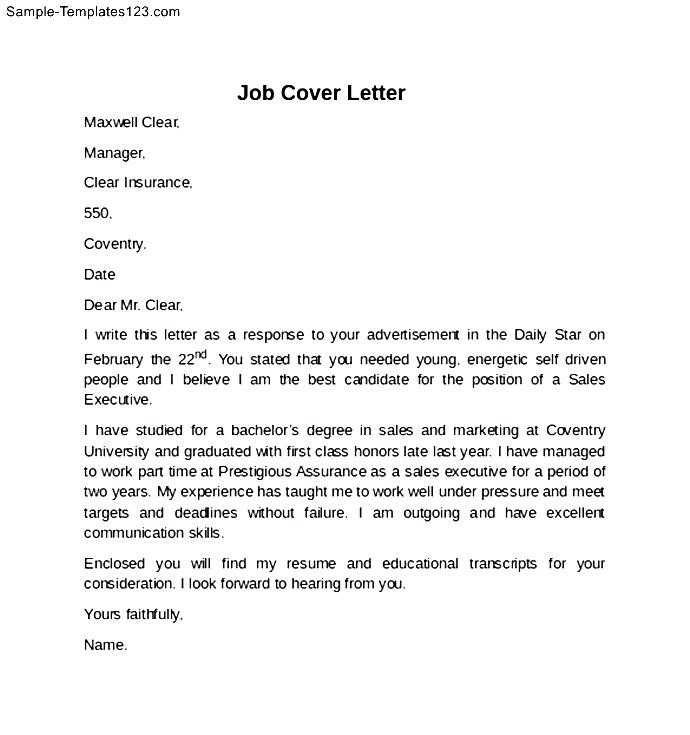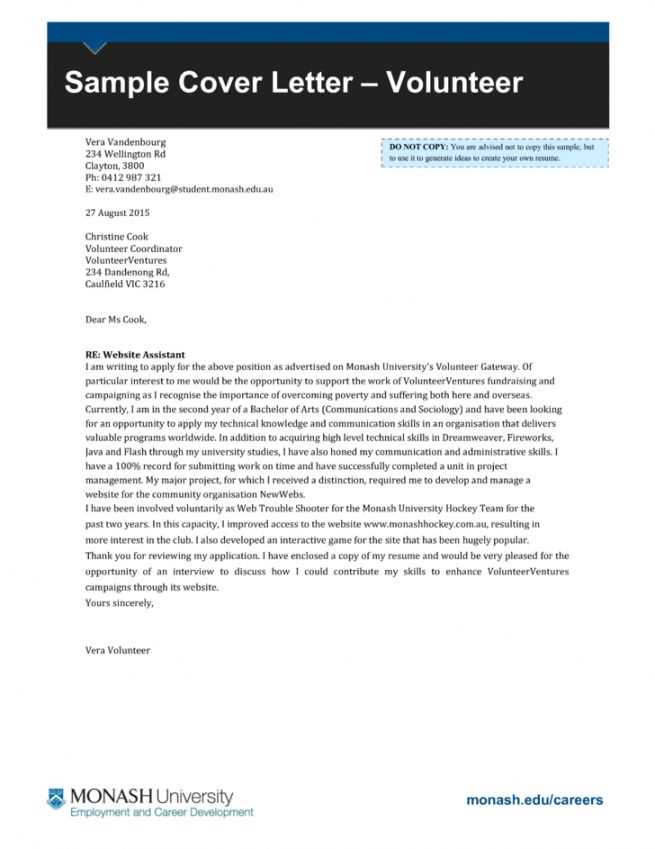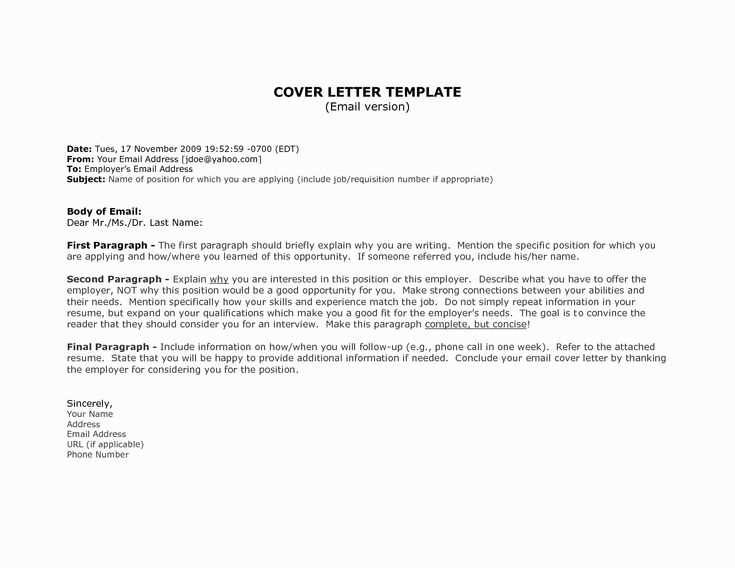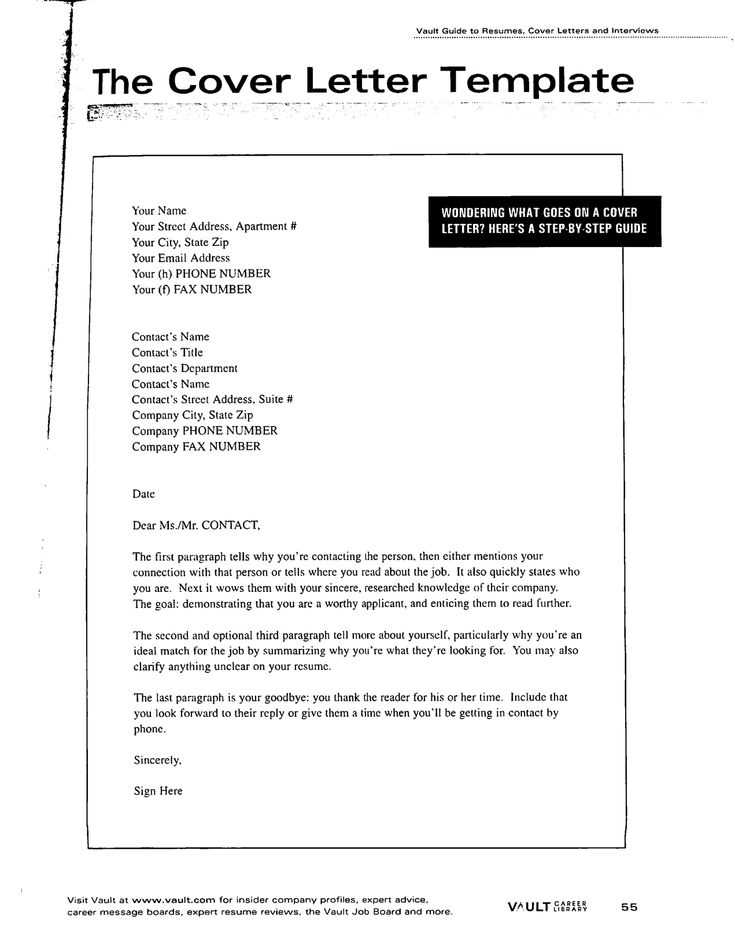Well written cover letter template

Start with a clear statement of your intent. Begin your cover letter by directly addressing the hiring manager, stating why you’re applying for the position, and showing enthusiasm for the opportunity. Avoid generalizations–specificity here will set you apart.
Tailor the letter to the job description. Reference key skills or qualifications listed in the job posting. Connect your experience to the company’s needs, showcasing how you can contribute to their objectives. Highlight the most relevant achievements in your career.
Keep the tone friendly but professional. Use natural language that reflects your personality, while maintaining respect for the formality of the application process. Avoid using complex phrases that may come off as artificial; simplicity and clarity always work best.
In the closing paragraph, reiterate your excitement about the position and express your desire for an interview. Don’t forget to include a polite thank you for considering your application. Make sure the letter is concise and easy to read–no more than a page in length.
Understanding the Purpose of a Cover Letter
A cover letter directly communicates your interest in a specific job. It offers a brief yet compelling narrative, allowing you to highlight your most relevant skills and experiences. It serves as your introduction to the hiring manager, giving context to your resume and offering a chance to demonstrate your enthusiasm for the role.
Showcase Your Fit for the Role
The cover letter allows you to explain why you’re the best fit for the job. Focus on key qualifications and link them to the job requirements. Avoid repeating your resume verbatim. Instead, explain how your skills align with the company’s needs, showing that you understand their goals and culture.
Personalize Your Application

A strong cover letter conveys genuine interest. Research the company, mention a recent project or development, and connect your experience to their objectives. Personalizing your application shows you’ve invested time in learning about the company, increasing the likelihood of your resume being reviewed seriously.
By being clear, concise, and focused, your cover letter sets the tone for your application. It reinforces your strengths while sparking curiosity about your potential contributions to the team.
How to Tailor Your Cover Letter to the Job
Research the company and role in detail. Reference specific job responsibilities and qualifications directly from the listing. Match your skills with the requirements and highlight your most relevant experiences. Use their language and tone to show you understand their needs.
Show How You Fit the Role
Address how your previous work aligns with the job’s key tasks. Rather than listing generic skills, focus on accomplishments that demonstrate your value in similar situations. Quantify results when possible to provide concrete examples of how you can contribute.
Highlight Your Knowledge of the Company
Demonstrate an understanding of the company’s mission, culture, and goals. Mention specific projects or initiatives they’ve undertaken that resonate with your expertise. This shows you’re genuinely interested in the position and not sending a generic letter.
Crafting a Strong Opening Paragraph
A compelling opening paragraph grabs attention immediately. State the position you’re applying for and express genuine enthusiasm for the role. Mention how you found the job, whether through a job board, a referral, or a specific company initiative. Highlight your most relevant experience or skills that directly relate to the position.
- Be direct and clear: Start with your motivation. Example: “I’m excited to apply for the Marketing Manager role at XYZ Corp, as I believe my background in digital marketing aligns perfectly with your needs.”
- Show relevance: Quickly tie your experience or qualifications to the job description. Example: “With five years of experience in SEO and content marketing, I’ve successfully increased web traffic by 40% for my current employer.”
- Use active voice: Avoid passive constructions that might dilute the impact. Example: “I led a team of content creators to develop campaigns that boosted engagement.”
Focus on making the first few sentences count. They should prompt the reader to continue exploring your qualifications. Avoid generic phrases or overused introductions like “I am writing to apply” or “I would like to express my interest.” Instead, be precise, confident, and assertive from the get-go.
Highlighting Your Key Qualifications
Focus on demonstrating how your skills align with the job you’re applying for. Begin by selecting qualifications that directly connect with the key responsibilities outlined in the job description. Use specific examples of achievements that showcase your abilities in action, rather than listing generic skills.
Tailor Your Qualifications
Customize your qualifications to fit the employer’s needs. If the job requires project management, highlight your experience leading teams, meeting deadlines, and delivering results. For a technical role, focus on certifications, relevant software knowledge, or specific methodologies you’ve mastered. Mention how these skills contributed to your success in previous positions.
Provide Quantifiable Evidence
Numbers speak louder than words. Whenever possible, include metrics that demonstrate your impact. For instance, “Increased sales by 30% in the first quarter” or “Reduced operational costs by 15% through process improvements.” These tangible outcomes make your qualifications stand out and provide proof of your capabilities.
| Qualification | Example | Impact |
|---|---|---|
| Project Management | Led cross-functional teams in delivering software projects | Improved project delivery time by 20% |
| Sales Strategy | Developed a new sales strategy targeting key clients | Increased revenue by 30% within 6 months |
| Process Optimization | Streamlined workflow by introducing automation tools | Reduced operational costs by 15% |
Remember, hiring managers look for concrete evidence that you can deliver results. Showcase your most relevant achievements, use clear metrics, and tie them directly to the skills listed in the job description. This approach ensures your qualifications make a lasting impression.
Closing with a Call to Action

End your cover letter with a direct, confident call to action. Politely ask the reader for a follow-up by stating your availability for an interview or a conversation. Make it clear that you’re eager to discuss how you can contribute to the company’s goals.
For example, say something like, “I look forward to the opportunity to discuss how my skills can contribute to your team. Please feel free to contact me at your convenience to schedule an interview.” This invites action without sounding pushy, while showing enthusiasm for the role.
Keep the tone professional yet approachable. This is the final moment to reinforce your interest in the position and make it easy for the reader to reach out to you. End with a simple thank you and your contact details if they aren’t already included elsewhere.
Formatting Tips for a Professional Appearance

Keep your cover letter clean and simple by using a legible font such as Arial, Calibri, or Times New Roman. Stick to a font size of 10-12 points for readability. Maintain consistent margins, ideally 1 inch on all sides, to avoid overcrowding the page.
Align your text to the left. This creates a neat and organized look. Avoid centering text, as it can make the document harder to read and appear less professional.
Use a formal tone but avoid overly complex language. Be clear and direct in your sentences. Break up large blocks of text with short paragraphs to improve readability and create a more visually appealing layout.
Ensure there’s enough white space around your text to prevent it from feeling cramped. This allows each section to stand out without overwhelming the reader.
Finally, end the letter with a clear and professional closing statement, such as “Sincerely” or “Best regards,” followed by your name and contact information. This adds a polished finish to your letter.